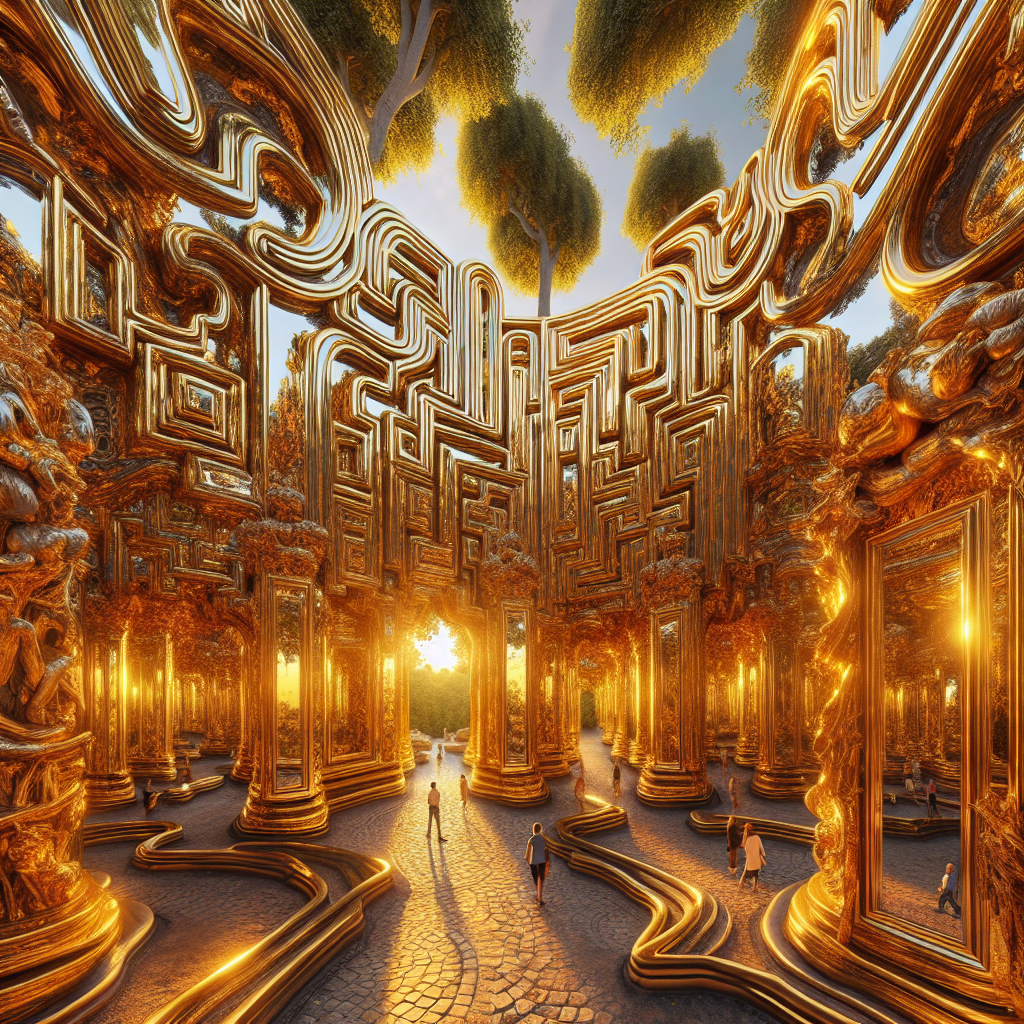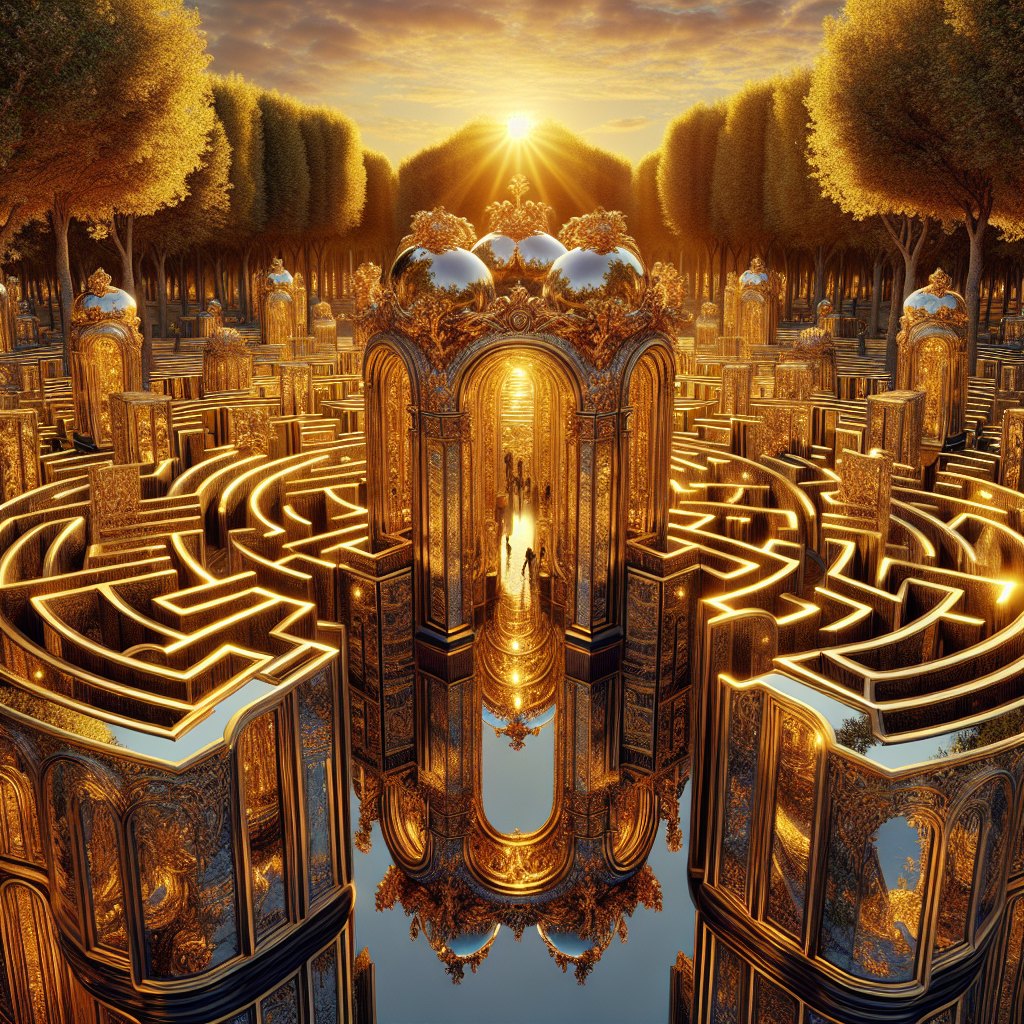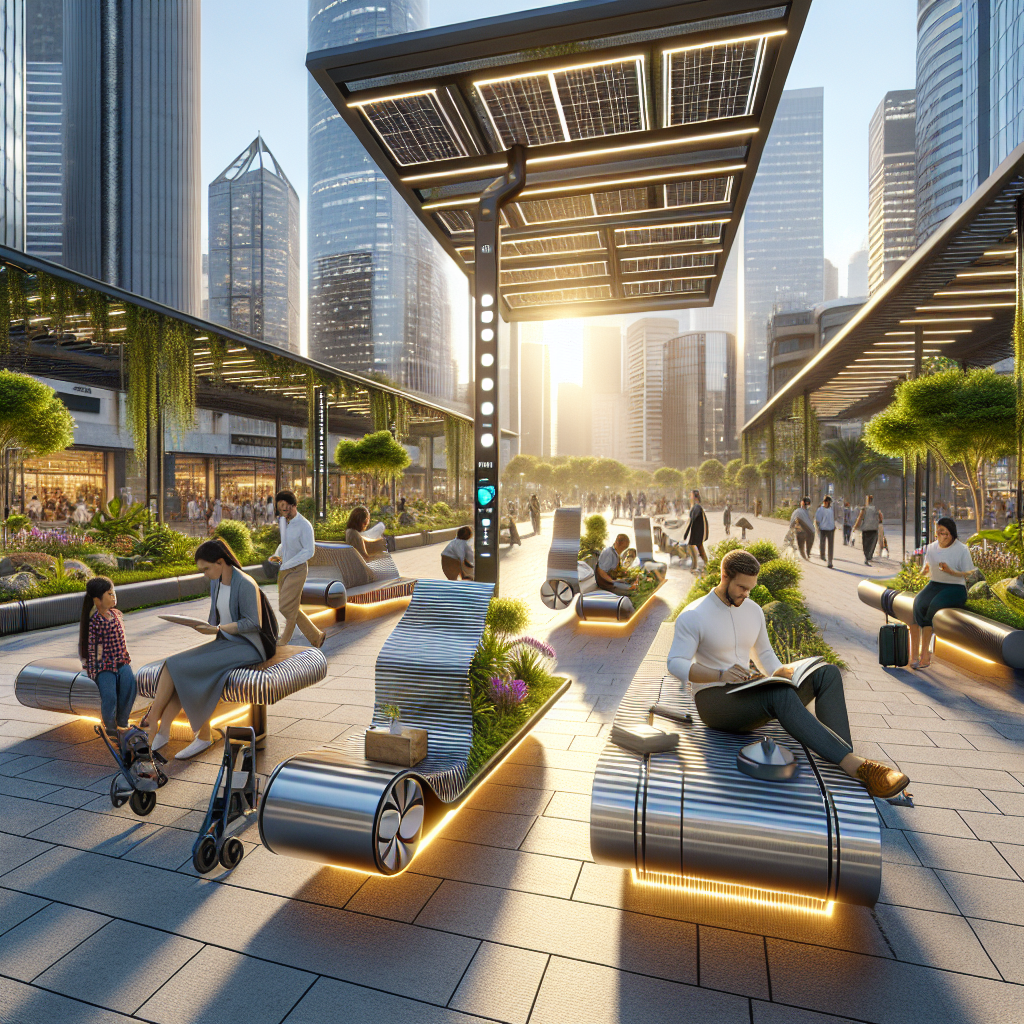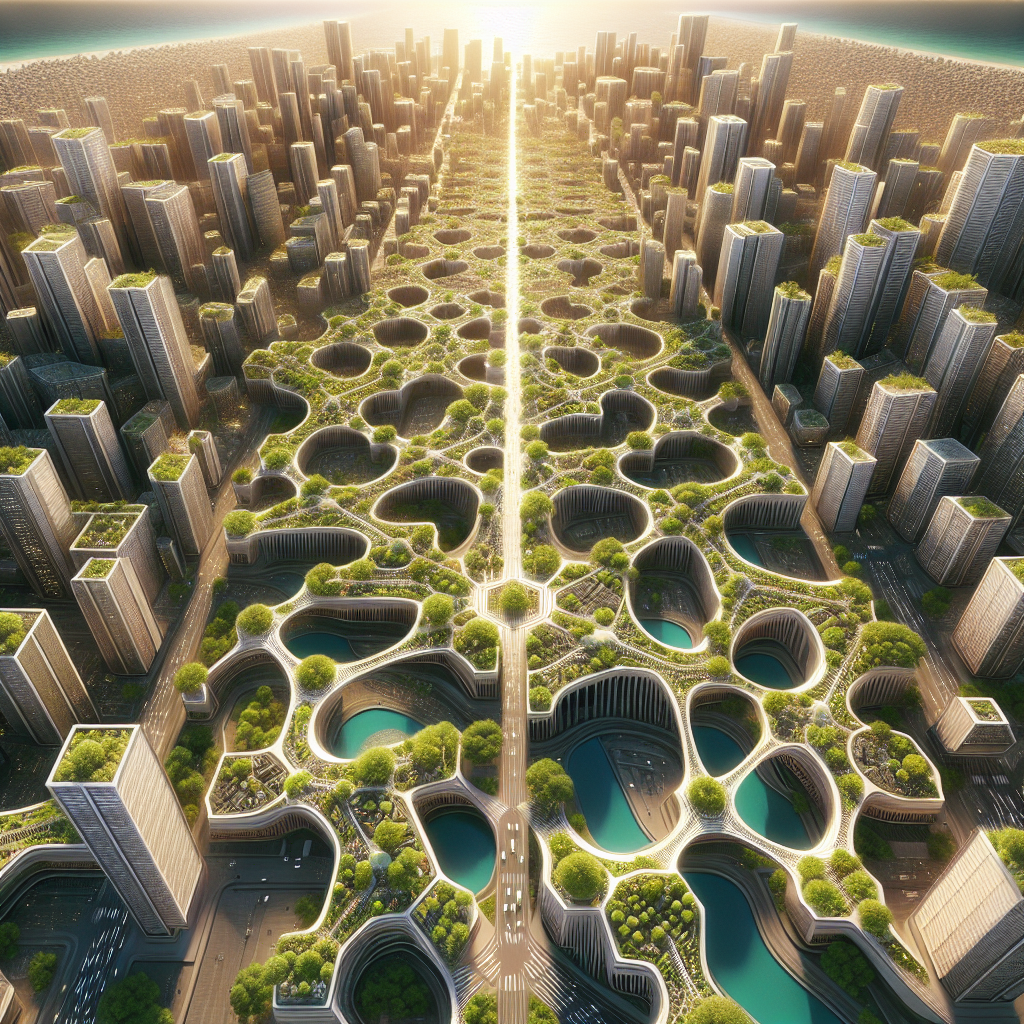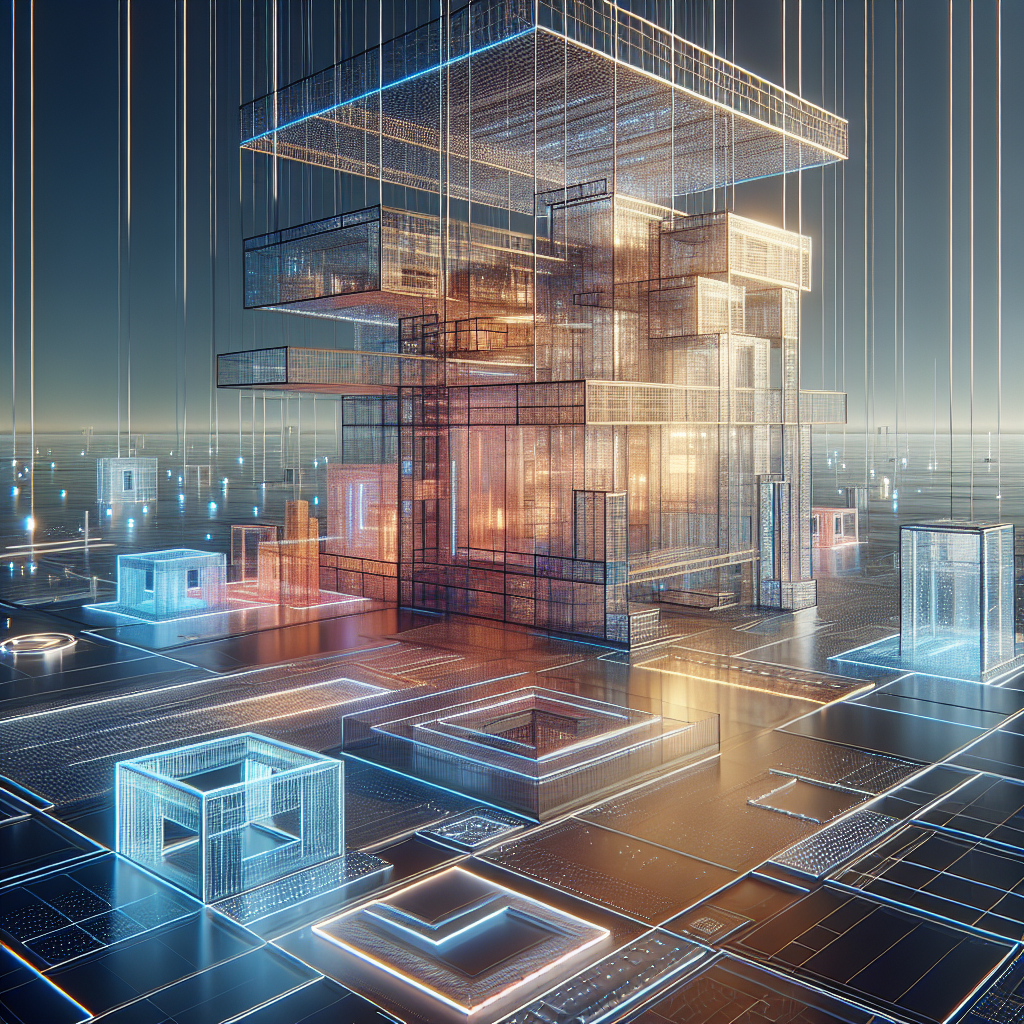Gilded labyrinth parks: mirrored walls for an ever-shifting environment
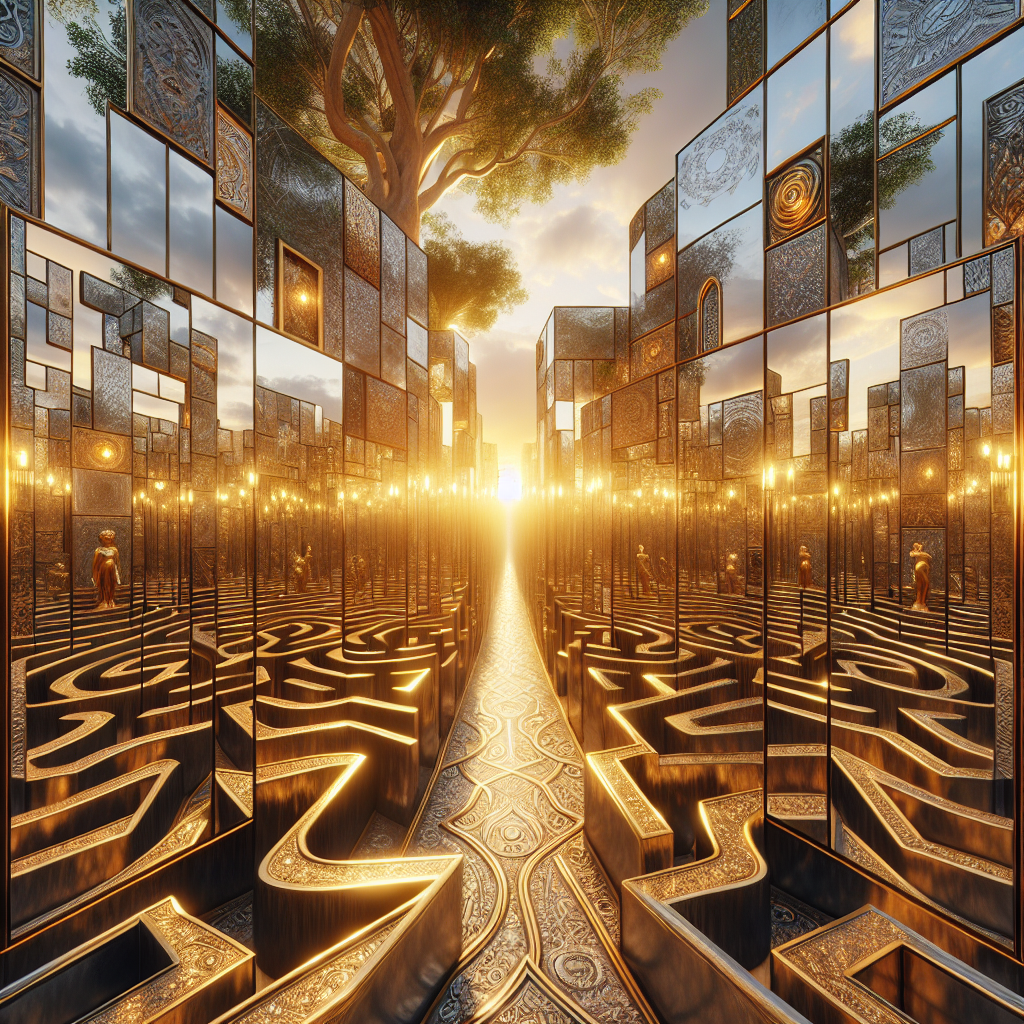
Gilded Labyrinth Parks: Mirrored Walls for an Ever-Shifting Environment
In the evolving landscape of experiential design, few interventions capture the imagination as vividly as gilded labyrinth parks. These reflective environments—where mirrored walls, golden accents, and carefully orchestrated pathways converge—transform the act of wandering into a heightened sensory and architectural experience. More than mere spectacle, these labyrinthine parks are emerging as powerful case studies in how designers can manipulate perception, light, and space to create environments that are both contemplative and disorienting, playful yet profound.
The Allure of Reflection in Architecture
Mirrors have long been used in architecture and design to expand, distort, and dramatize space. From the baroque halls of Versailles to contemporary art installations, reflection has been a tool for creating illusion and grandeur. In labyrinth parks, mirrored walls are deployed not as decorative flourishes but as structural elements that fundamentally alter spatial navigation. Visitors find themselves in a constantly shifting environment where the boundaries between built form and natural landscape dissolve into shimmering ambiguity.
Architectural theorists often describe this as a form of phenomenological design, where the focus is less on static form and more on lived experience. The mirrored labyrinth, with its infinite regressions and fragmented perspectives, is a direct invitation to lose one’s bearings and rediscover the environment anew. This aligns with contemporary explorations of mirror play in design, where reflection becomes a medium for storytelling and spatial experimentation.
Gilded Surfaces: A Symbol of Opulence and Transformation
While mirrors provide the illusion of endlessness, gilded surfaces introduce a contrasting sense of permanence and luxury. Gold leaf, metallic coatings, or anodized aluminum panels infuse labyrinth parks with a luminous warmth that shifts throughout the day. Under morning light, gilded walls radiate a soft glow; by sunset, they blaze with fiery intensity. This interplay between reflective surfaces and gilded finishes creates a dynamic choreography of light that transforms each visit into a unique experience.
The symbolism of gold in architecture—long associated with divinity, wealth, and transcendence—adds another layer of meaning. In labyrinth parks, gilding elevates the ephemeral qualities of mirrored reflections into something monumental, grounding the otherwise elusive experience in a sense of ritual and reverence. As seen in contemporary reinterpretations of historical spaces like Versailles gardens, gilded ornamentation continues to resonate as a marker of cultural memory and aesthetic aspiration.
Case Studies: Mirrored Labyrinths in Practice
Across Europe and Asia, designers are experimenting with labyrinth parks that blur the boundaries between art installation, landscape architecture, and public space. A notable example is the “Labirinto della Masone” in Parma, Italy, designed by Franco Maria Ricci. While not gilded, its bamboo walls and geometric precision evoke the timeless allure of labyrinthine design. Contemporary iterations, however, are pushing further—integrating mirrored panels and metallic finishes to heighten the sense of disorientation and wonder.
In Japan, temporary mirrored labyrinths have been installed as part of art festivals, reflecting cherry blossoms and lanterns into kaleidoscopic vistas. Meanwhile, in Scandinavia, mirrored pavilions are being used to explore the relationship between architecture and fragile ecosystems, camouflaging structures within forests and wetlands. These projects echo the growing global interest in biophilic design, but with a twist: instead of simply integrating greenery, they amplify its presence through infinite reflection.
Psychological and Sensory Dimensions
Labyrinths have historically been associated with spiritual journeys, meditation, and introspection. When reimagined with mirrors and gilded walls, they acquire a distinctly modern psychological dimension. Visitors experience a heightened awareness of self and environment, oscillating between feelings of awe, curiosity, and occasional disorientation. This aligns with research in environmental psychology, which suggests that reflective and dynamic environments can stimulate cognitive flexibility and emotional engagement.
Designers are increasingly aware of these psychological effects, using labyrinth parks as testing grounds for immersive design. The mirrored labyrinth becomes not just a playful maze but a laboratory for exploring how humans interact with shifting spatial cues. For urban dwellers accustomed to rigid grids and predictable layouts, these parks offer a rare opportunity to embrace uncertainty and discovery.
Material Innovation and Sustainability
The construction of gilded labyrinth parks raises important questions about materiality and sustainability. Traditional gilding techniques rely on gold leaf, a resource-intensive material. Contemporary designers are turning to alternatives such as titanium nitride coatings, anodized aluminum, and reflective composites that mimic the brilliance of gold while reducing environmental impact. These innovations echo broader movements in circular economy design, where material reuse and longevity are prioritized.
Mirrored surfaces, too, are evolving. Advances in anti-scratch coatings, lightweight composites, and solar-reflective technologies are making it possible to create labyrinths that are both durable and energy-efficient. Some experimental parks even integrate photovoltaic glass, transforming reflective walls into energy-generating surfaces—an elegant synthesis of spectacle and sustainability.
Urban Integration: Labyrinths as Public Infrastructure
As cities grapple with the need for more engaging public spaces, labyrinth parks offer a compelling model. They are not merely ornamental; they function as urban oases, inviting residents to slow down, wander, and reflect. In dense metropolitan contexts, mirrored labyrinths can be inserted into plazas, rooftops, or waterfronts, creating micro-worlds of escape within the urban fabric.
This trend resonates with the broader rethinking of public space seen in projects like urban art installations, where the goal is to foster interaction, curiosity, and community engagement. A gilded labyrinth park, shimmering amidst concrete towers, becomes a beacon of both aesthetic delight and social possibility.
The Future of Gilded Labyrinth Parks
Looking ahead, the evolution of gilded labyrinth parks will likely intersect with digital technologies. Augmented reality overlays could enhance mirrored environments with interactive narratives, while responsive lighting systems could adapt the labyrinth’s atmosphere to weather, time of day, or visitor flow. These possibilities align with ongoing explorations in augmented reality design, where physical and digital layers merge to create hybrid experiences.
Yet the enduring power of these labyrinths lies in their primal simplicity: the act of walking, turning, and confronting one’s reflection. In a world increasingly mediated by screens, gilded labyrinth parks remind us of the profound impact of physical space on human perception and imagination. They are at once ancient and futuristic, playful and solemn, ephemeral and monumental.
Final Thoughts
Gilded labyrinth parks are more than architectural curiosities; they are cultural laboratories where light, material, and human psychology converge. By harnessing the timeless allure of mirrors and the symbolic richness of gold, designers are crafting environments that challenge our sense of orientation, amplify our connection to nature, and reframe public space as a site of wonder. For architects, landscape designers, and urban planners, these shimmering mazes offer a potent reminder: the future of design lies not only in solving problems but in creating spaces that invite us to lose—and perhaps find—ourselves anew.
